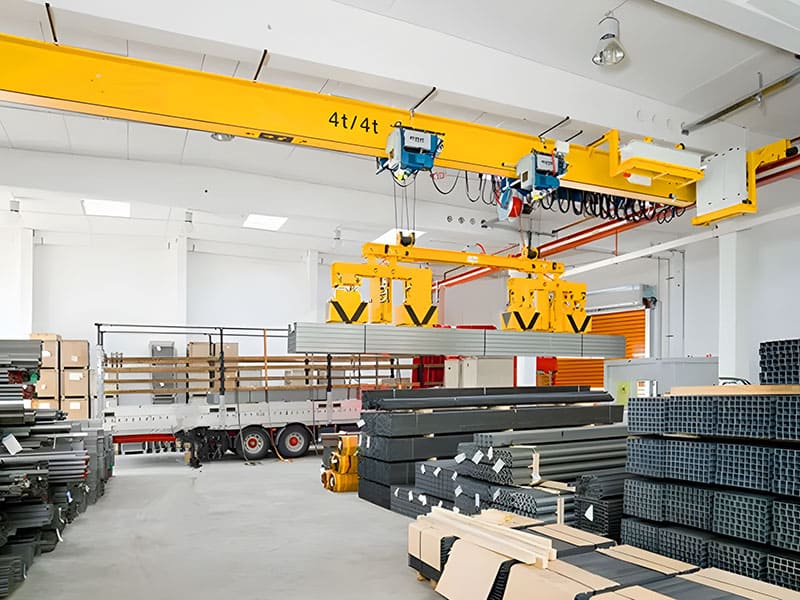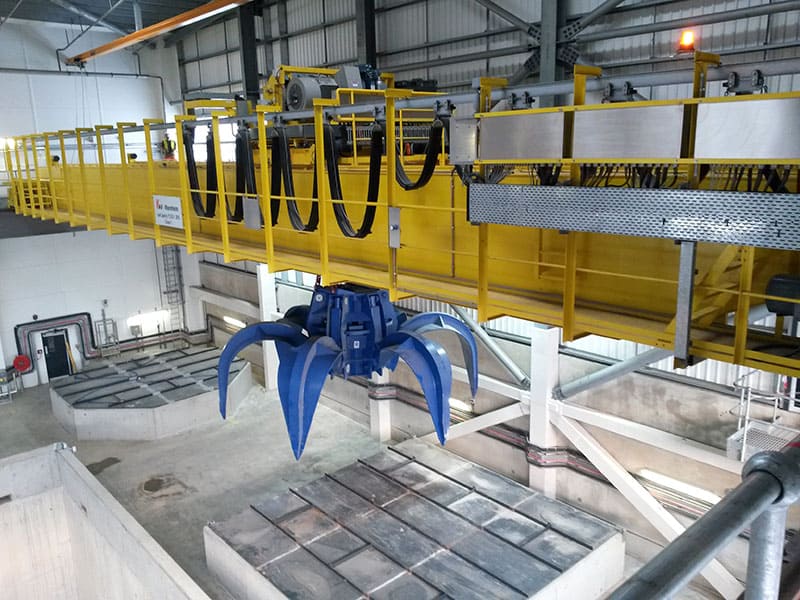Bridge crane is the most common type of crane, and electrical equipment is an important part of its normal operation. Due to the long-term high-intensity operation of cranes, electrical faults are prone to occur over time. Therefore, the detection of electrical faults in cranes has become an important task.
Principles of Electrical Control
Bridge crane is a type of overhead crane that operates on elevated tracks, also known as overhead crane. It mainly consists of a bridge, a crane operating mechanism, a small car equipped with lifting and operating mechanisms, and electrical components. At present, this type of crane is widely used in indoor and outdoor warehouses, factories, docks, and open-air storage yards.


Electrical fault types
During the operation of the bridge crane, due to the influence of the working environment (such as strong winds and dust, lifting objects exceeding the load capacity, etc.), there may be some faults in the electrical control part. If faults cannot be detected and eliminated in a timely and accurate manner on site, it may delay the progress of lifting machinery operations. It is even possible to cause engineering claims due to delays in progress, resulting in economic losses for the operating unit. Therefore, it is very important to quickly and accurately identify the fault point on site and take the correct measures to eliminate it.
1. The rotor resistance is damaged
The rotor resistance plays a very important role in the entire crane. Its quality issues directly have a very serious impact on the electrical circuit of the entire crane structure. Therefore, when using a crane, strict requirements must be placed on the quality of the rotor resistance. However, under normal circumstances, the rotor electrons are in a state of long-term high-temperature operation. This can easily lead to the phenomenon of resistance burning out, making it difficult for the crane's electrical equipment to function properly during operation, which has a serious impact on its production efficiency.
2. Problem with cam controller
Operators should effectively control the cam controller when using the crane. To avoid excessive load on the cam controller, which may affect the normal operation of the entire crane. Even safety accidents occur, threatening people's lives and property safety. If used simultaneously, it will cause the current of the cam contacts to be too high, which will cause the cam controller to burn out and make it unable to adjust normally.
3. Incorrect matching of rotor wires
The phenomenon of incorrect rotor wire matching often occurs when people operate cranes. This can easily cause significant changes in the motor rotor of the crane during operation. Not only does it affect the working performance of the motor equipment, but it also shortens the service life of the crane.
Post time: Mar-07-2024









